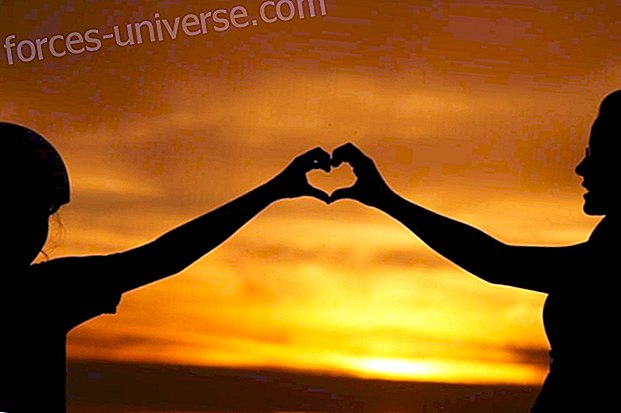
In life there is something more important than increasing your speed. Gandhi
The pace of life of the human being, especially in urban areas, cities, has been accelerating throughout history; in particular, the history of the last 100 years. Gradually, instruments, tools, means of transport and technologies of all kinds that have improved or maximized the useful time for various tasks were incorporated into the life of civilization.
I will give an example: before the electric lamp was invented and used massively, the day, time of work and activity, culminated with the arrival of the night, the fall of the sun It seems obvious, but when it got dark people no longer worked or practically did no work because they lacked the necessary light. Although there were candles or oil lamps, the lighting was insufficient to perform most of the tasks. It was a moment of rest, of gathering around the fire to tell stories or sing old songs, and sleep.
Once electrical technology broke into homes, it could be more productive. There was no time to lose.
And in this way, each innovation and progress was increasing productivity, achieving more tasks in less time, faster.

A sample of the increase in the speed of life, one day arrived in Rome, 30 years ago. In 1986, at the Piazza di Spagna, a McDonald's store was opened. A fast food trade. Carlo Petrini was opposed to invading his way of life and eating and from this fact, and mode of protest, he founded the Slow Food or Slow Food movement.
From this first Slow trend , others were born. Each one contributing the idea of not letting speed invade us, doing, filling each space of time with some "productive" activity.
The idea is to enjoy every moment, even the moments of leisure, of doing nothing, those moments that our ancestors longed for and enjoyed every day, when they met to share each of their joys and sorrows.
The Slow movement, today shows different aspects or divisions, such as Slow Travel, Slow Schools or Slow living or Slow Fashion . We will stop at two of them:
Slow cities:
It is a network of cities “where it is good to live” according to the website that unifies them. They are cities with less than 50, 000 inhabitants, characterized by maintaining traditions and where traditional ways of doing things are valued. They oppose doing things in a homogenized way, as the globalized world demands. They have less traffic, less noise and fewer crowds. The markets of local producers are prioritized, to sustainability, the hospitality of its inhabitants, in short, the quality of life.
Slow food:
It was the first Slow movement and its objective is to preserve the traditional cuisine of each culture and thus also preserve the edible plants, seeds, domestic and farm animals of each region. It is a movement that opposes the dehumanization of food produced on a large scale and the fast food industry .

Many of us feel that our lives are too frantic and emotionally hectic. We would like to live a more conscious and full life.
How can we incorporate some of the slow movement into our lives? We have more things than in the past but we are not there to enjoy them. We don't take the time to stay a little longer to enjoy food, family, friends. We don't taste life and lose real-life connections.
These tips can help you slow down time and enjoy it more :
Learn to say no: don't saturate your schedule of activities and lists of things to do
.Disconnect the technology whenever you can, at least a while each day
.Connect with nature
Eat slowly and savor the food
.Practice a hobby or activity that relaxes you: perform yoga, paint, listen to music
If we look for the balance we will find more happiness in our work, with our family and with our life in general.
If you want to know more you can read Carl Honoré's book, "Praise of slowness".
DRAFTING: Carolina Cobelli, editor of the great White Brotherhood family
SOURCE: http://www.cittaslow.net/, http://www.slowmovement.com/






